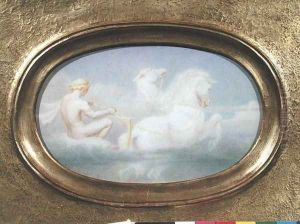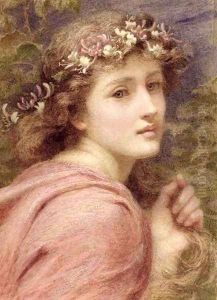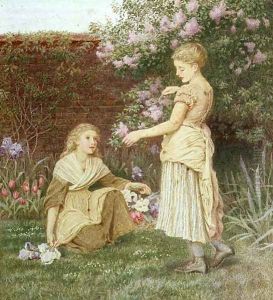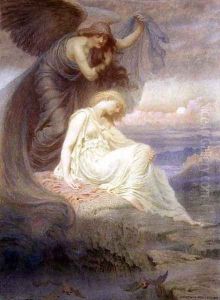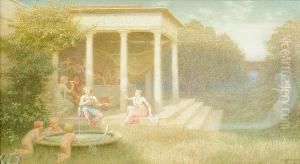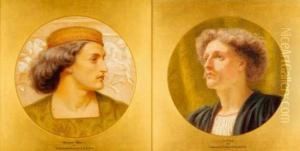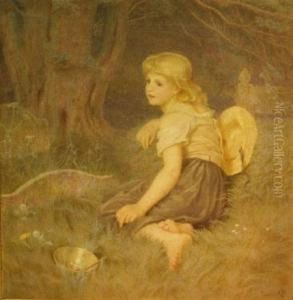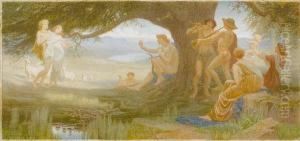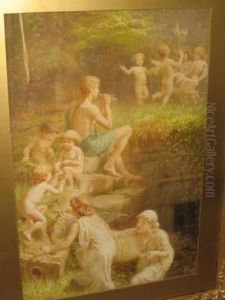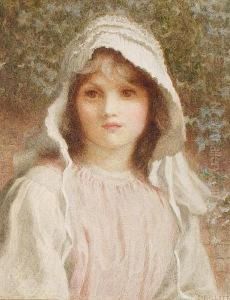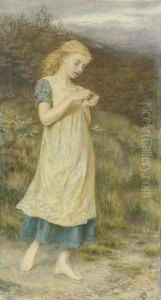Constance Phillott Paintings
Constance Phillott was an English artist known primarily for her work in watercolors. Born in 1849, Phillott spent much of her life in England, where she developed a passion for painting from an early age. Although not as widely recognized as some of her contemporaries, she nevertheless contributed to the art scene during her time. Her work was characterized by delicate brushwork and a keen eye for detail, often focusing on landscapes, botanical subjects, and occasionally portraits.
Phillott's life spanned a period of significant change in the art world, including the rise of the Impressionist movement and the beginnings of Modernism. However, she largely adhered to the traditions of the British watercolor school, which emphasized the importance of precise technique and a clear depiction of the subject matter. Phillott's adherence to these traditional methods did not diminish her work's charm and skill, which were recognized by her peers.
Unfortunately, due to the era's gender biases, women artists like Phillott were often overshadowed by their male counterparts, leading to less documentation and recognition of their careers. As a result, specific details about Phillott's life, artistic training, and the breadth of her oeuvre might not be as well-documented as those of some of her male contemporaries. Nevertheless, her surviving works continue to be appreciated by collectors and art historians for their beauty and craftsmanship.
Constance Phillott passed away in 1930, leaving behind a modest but meaningful body of work. Her paintings, while maybe not as ubiquitous as those of some other artists from the same period, remain a testament to the skill and dedication of women artists in the late 19th and early 20th centuries, who pursued their art despite societal challenges.
